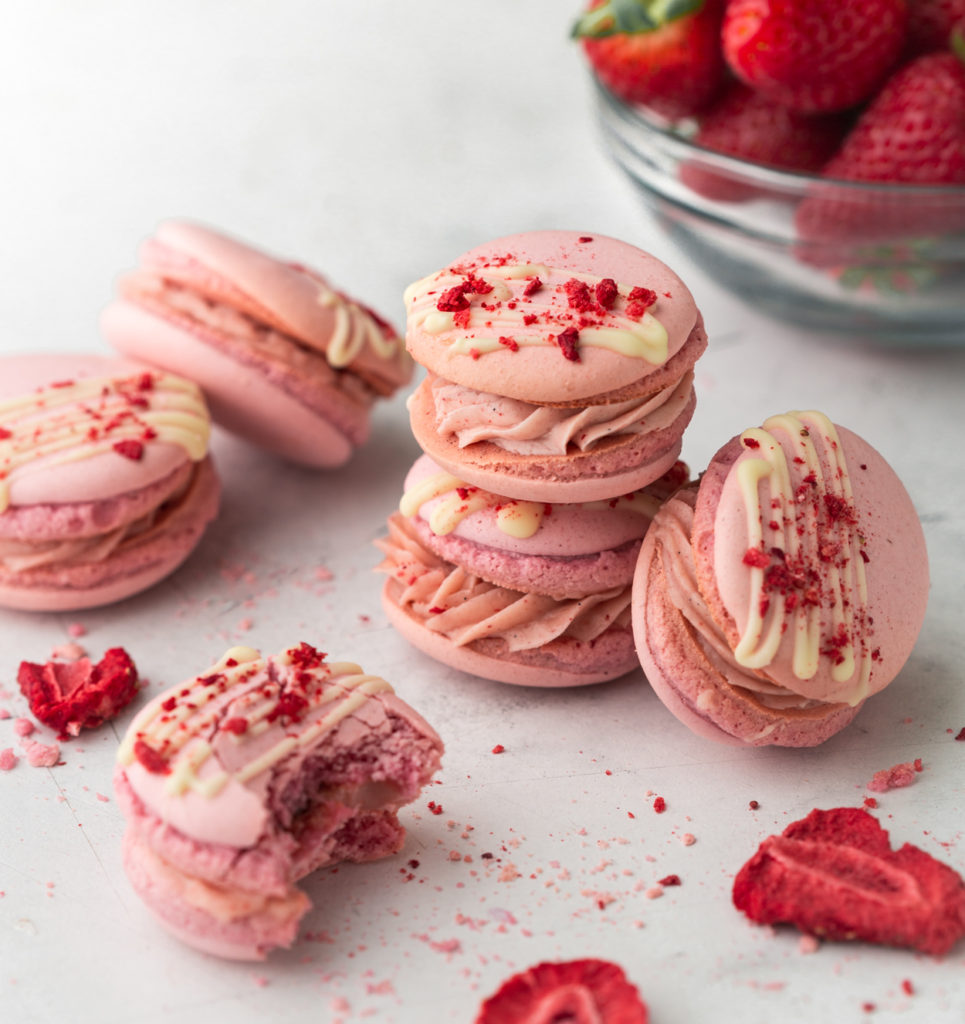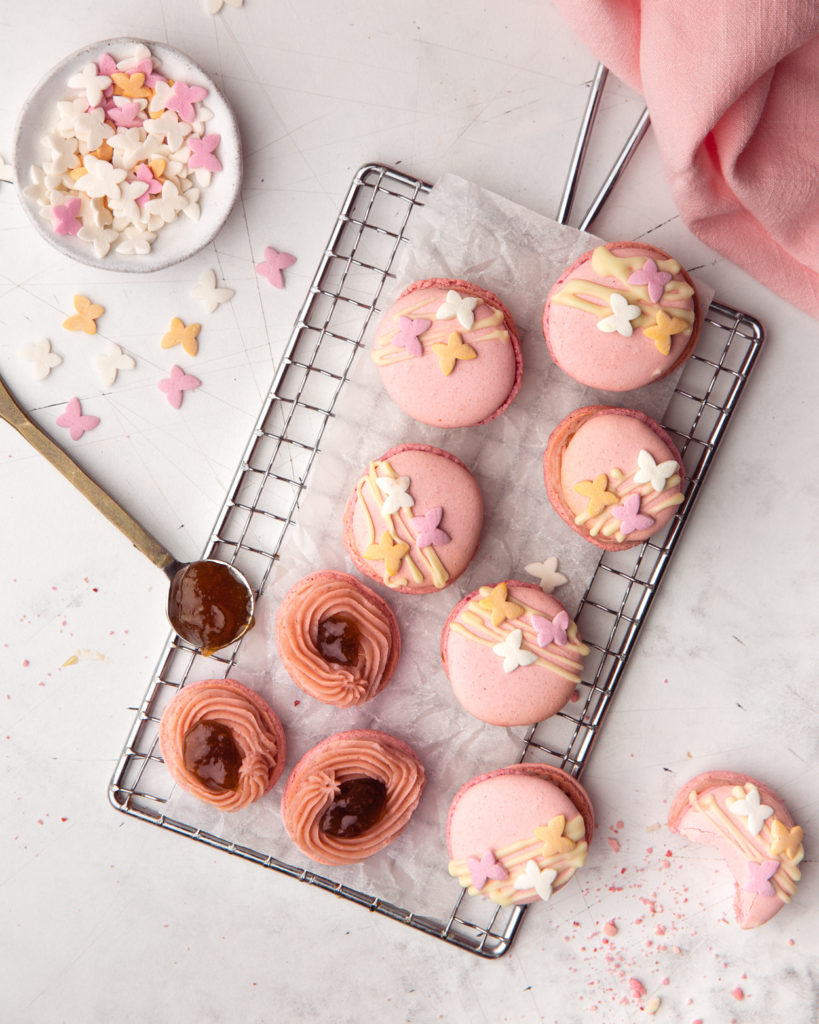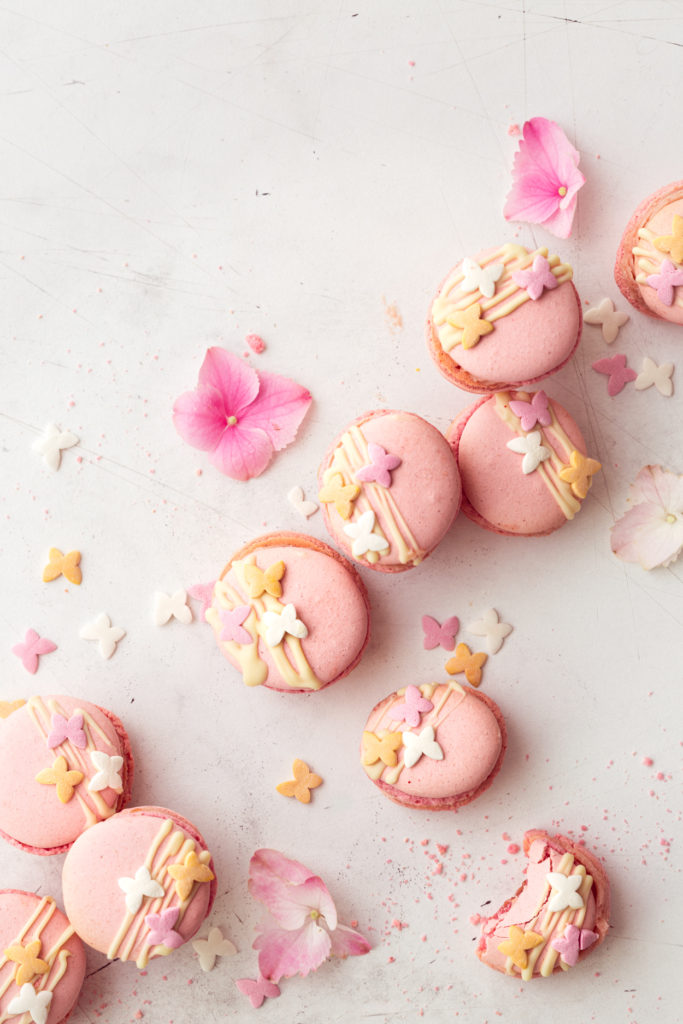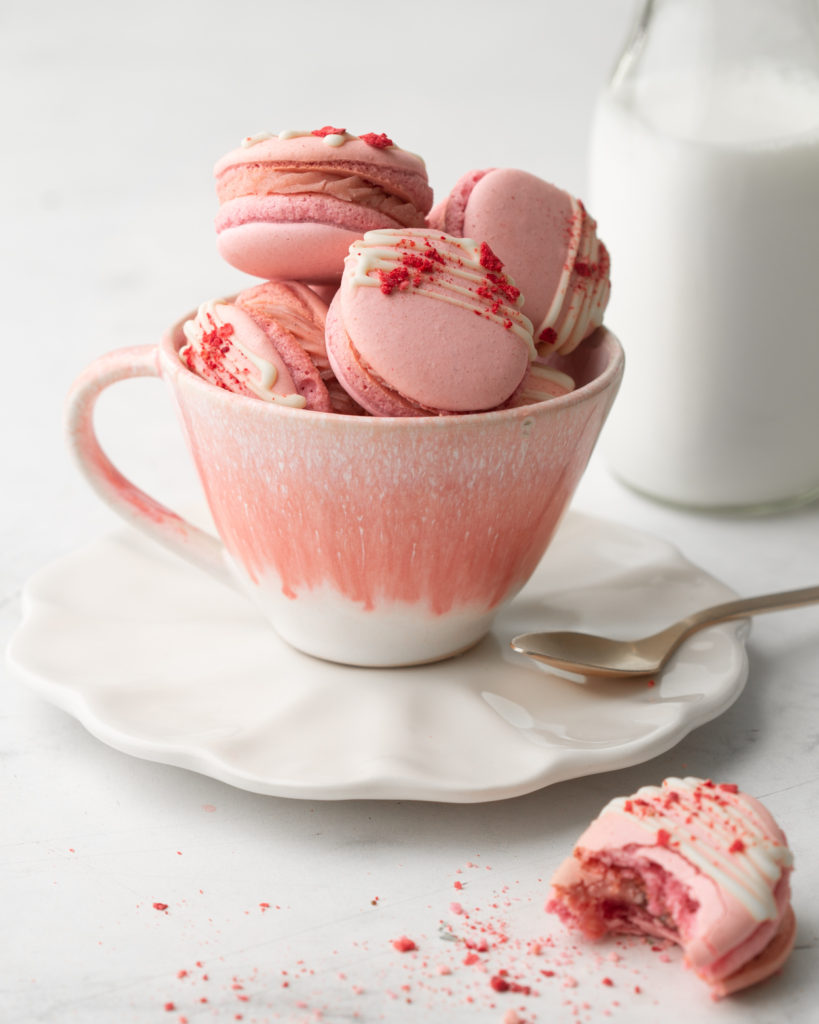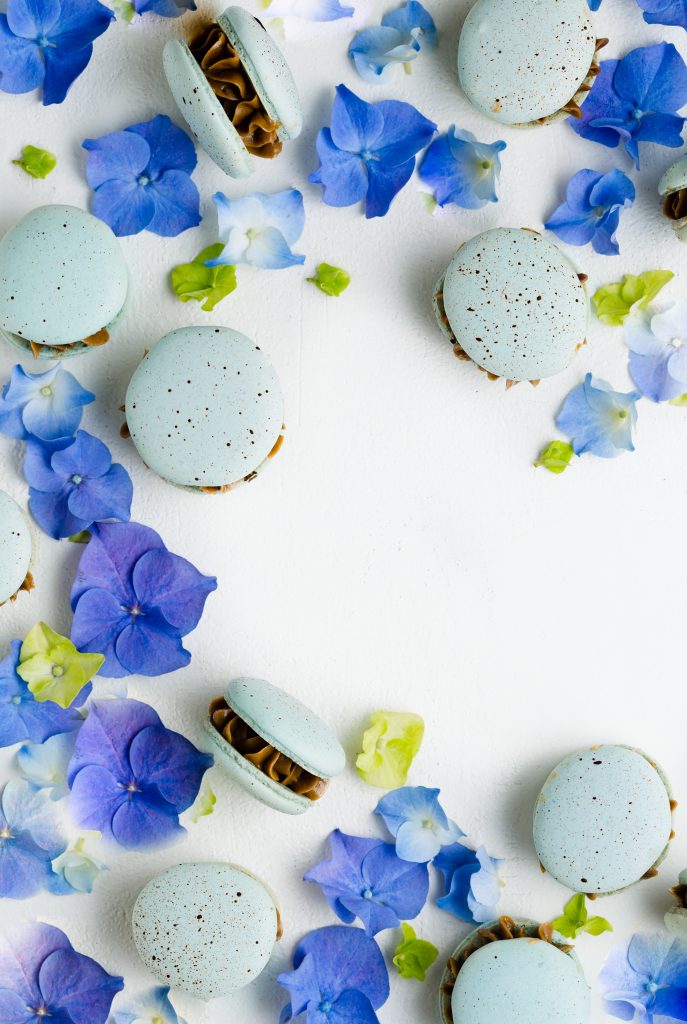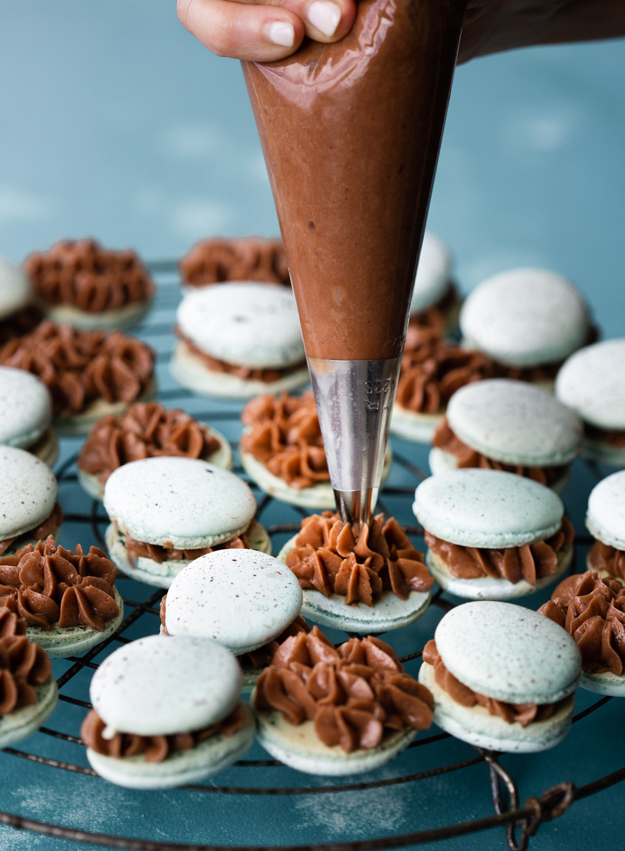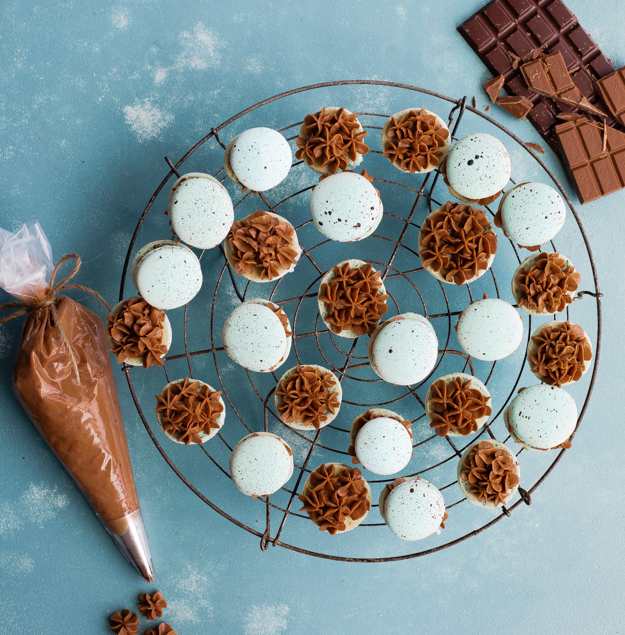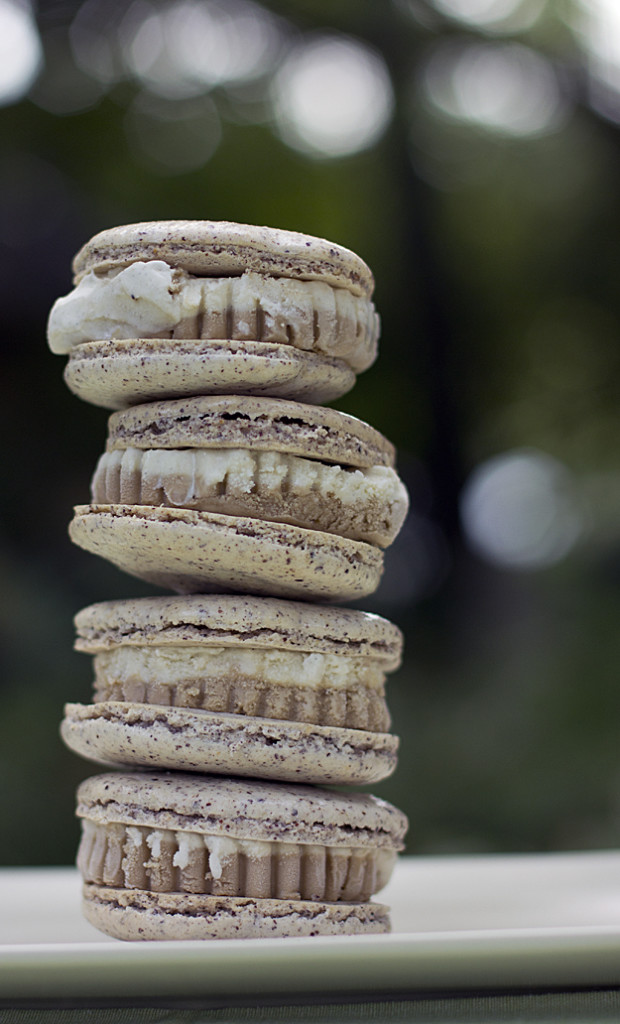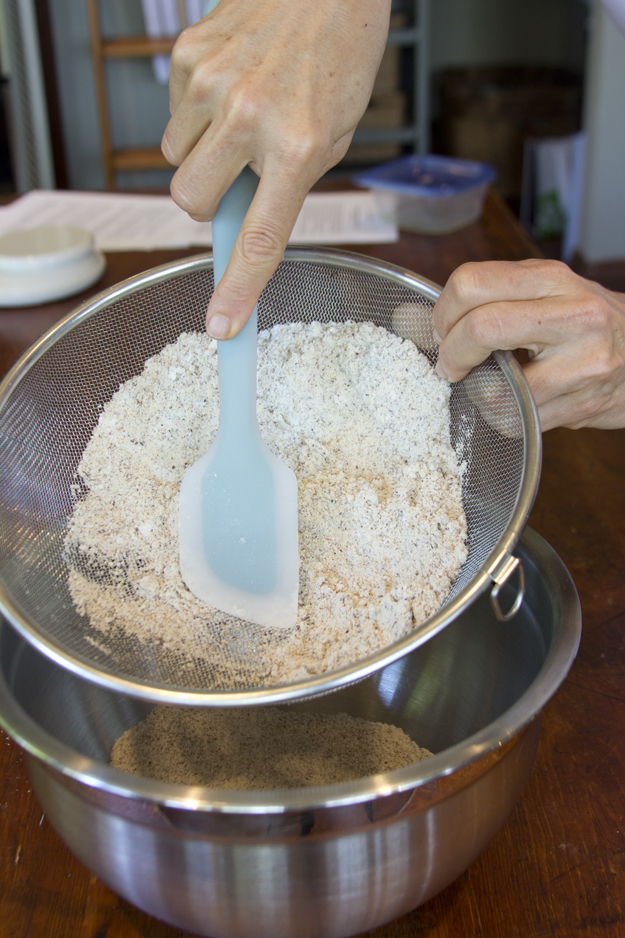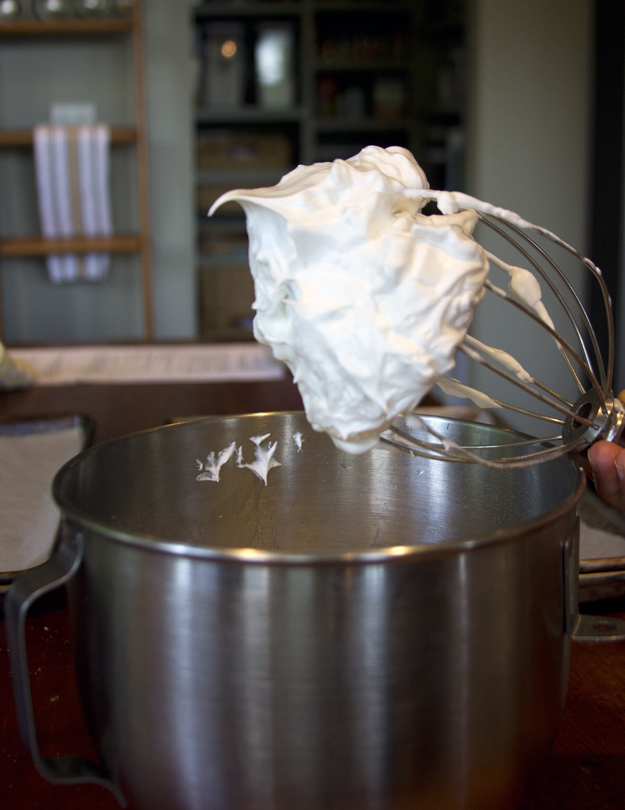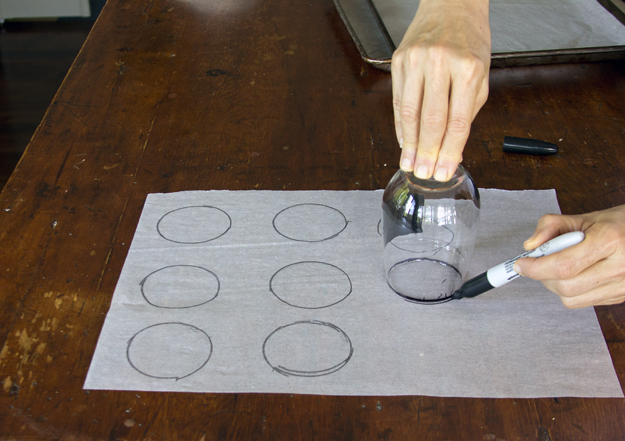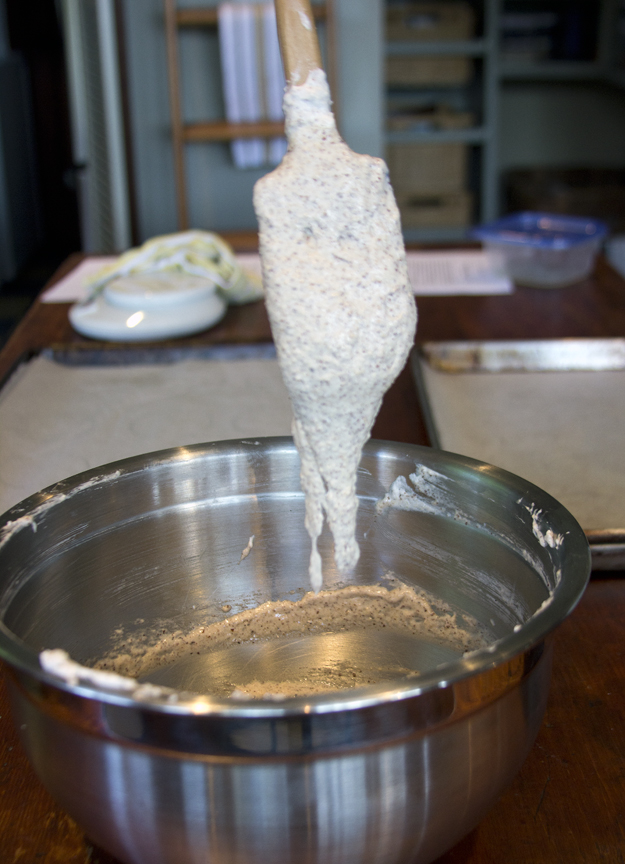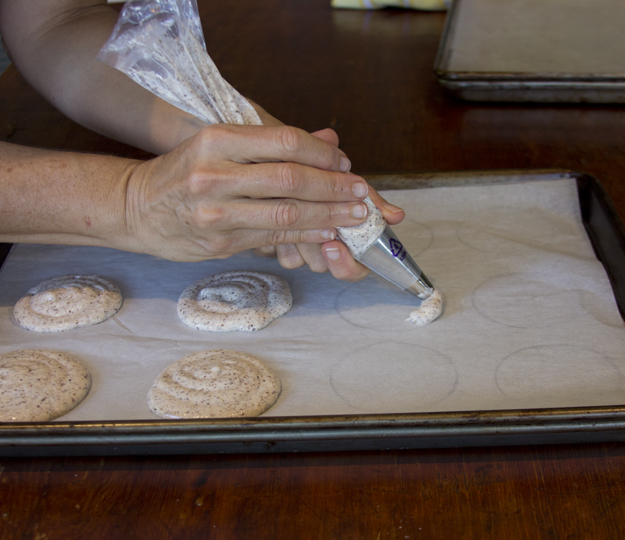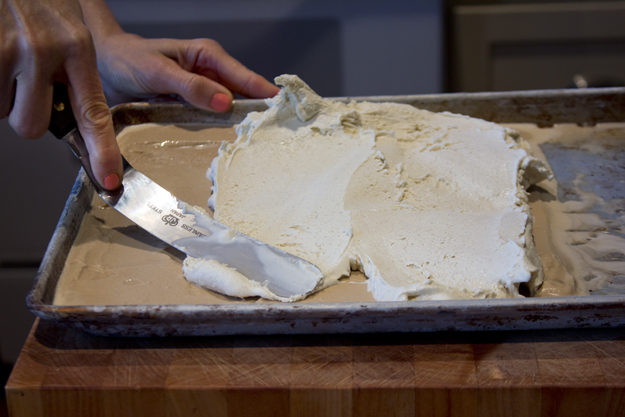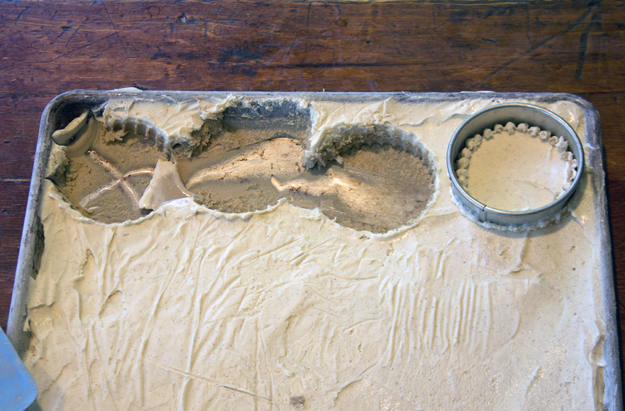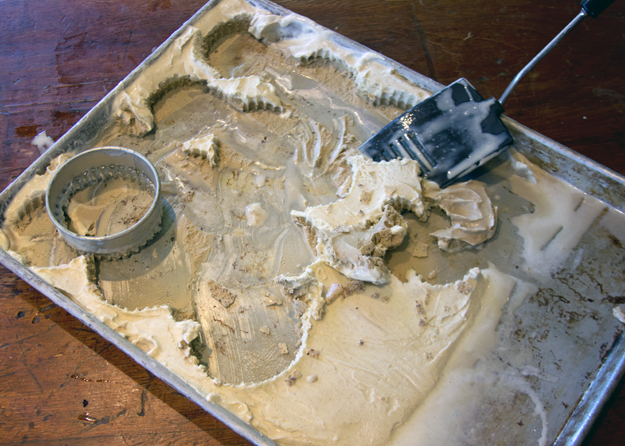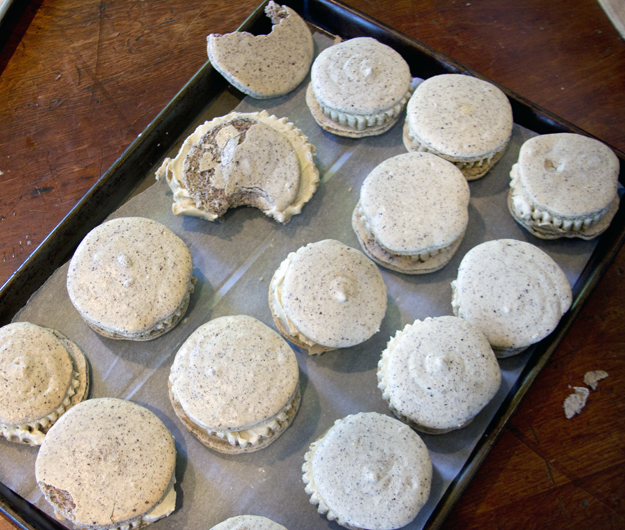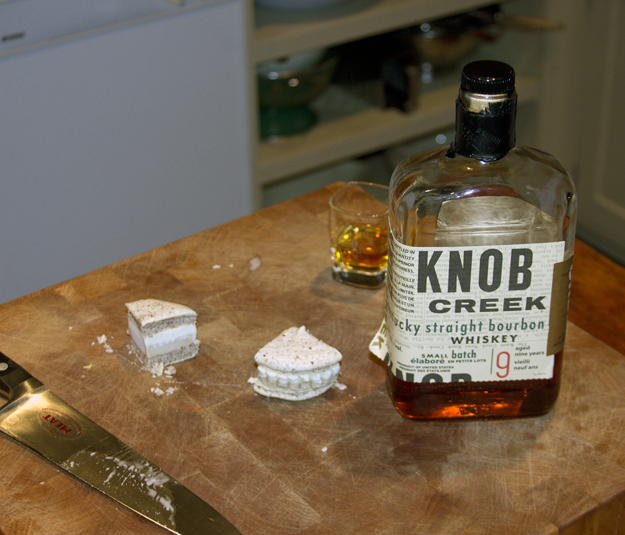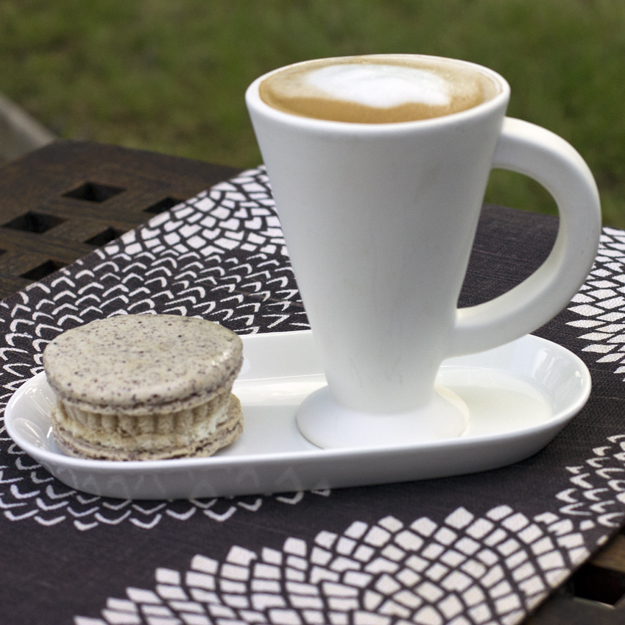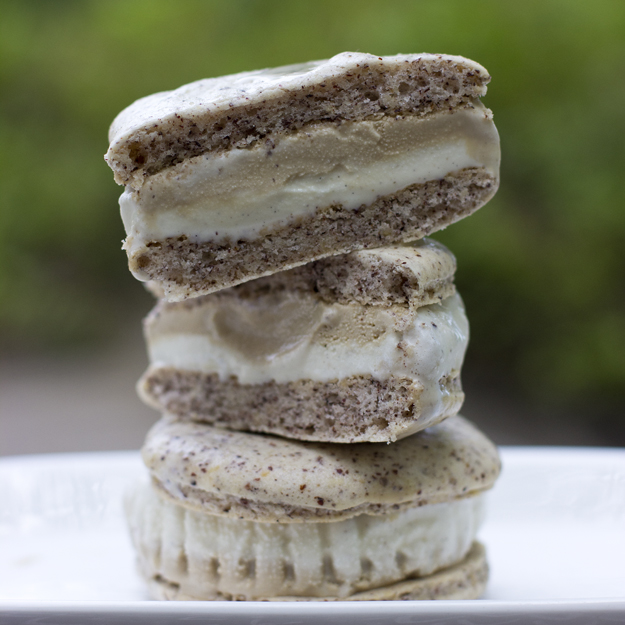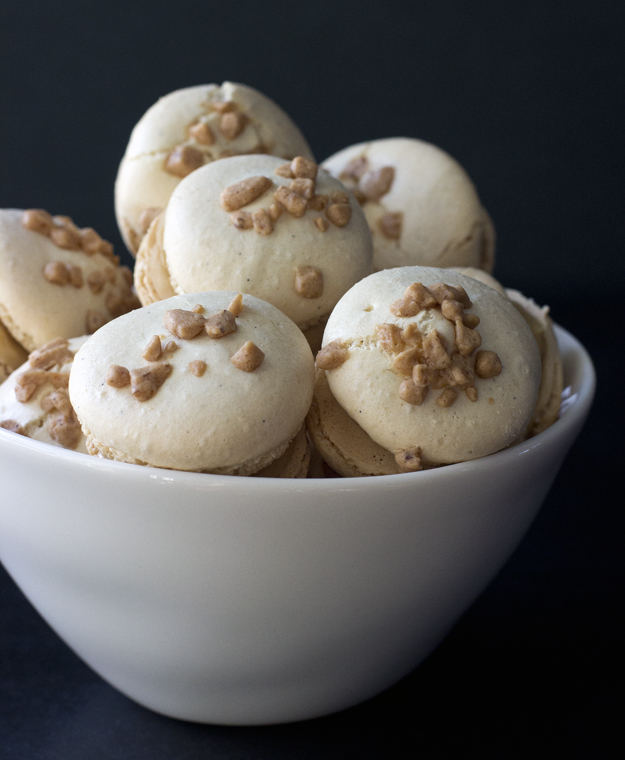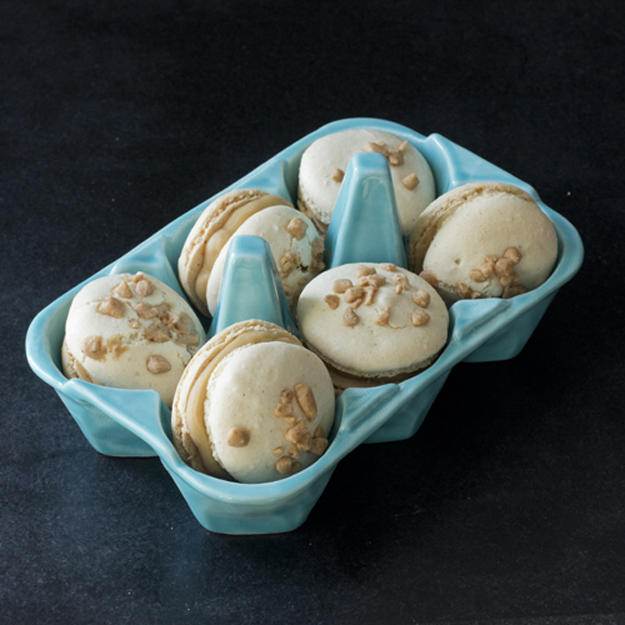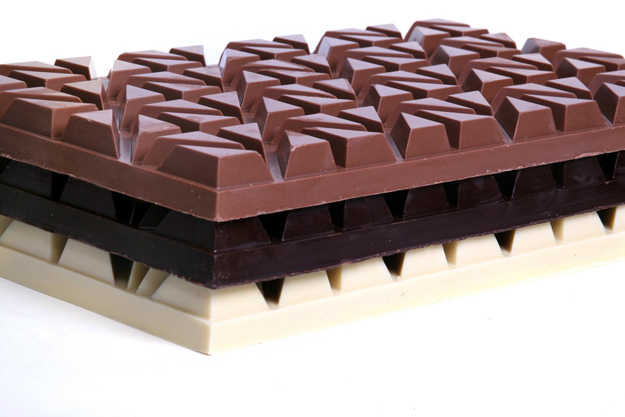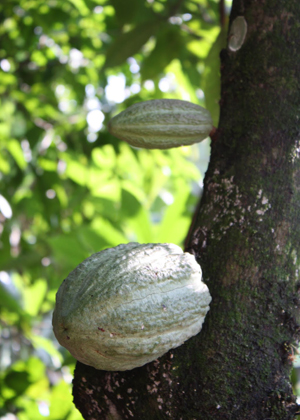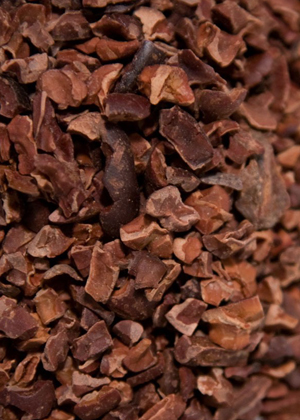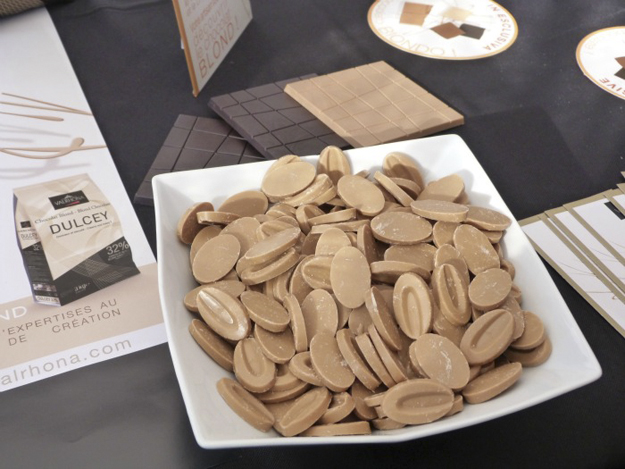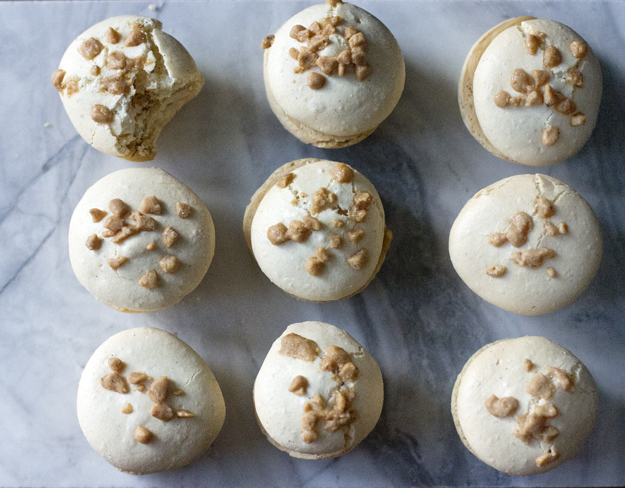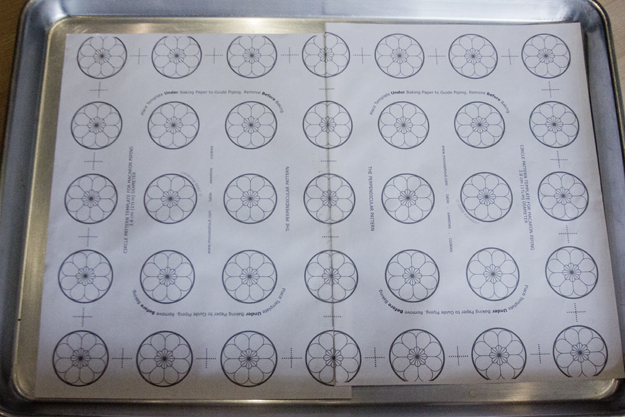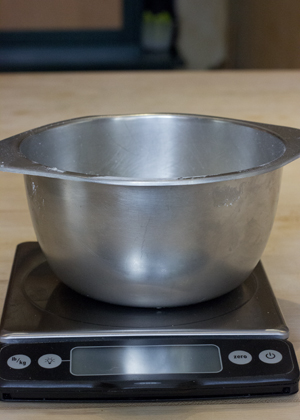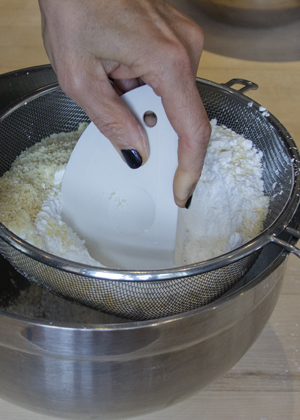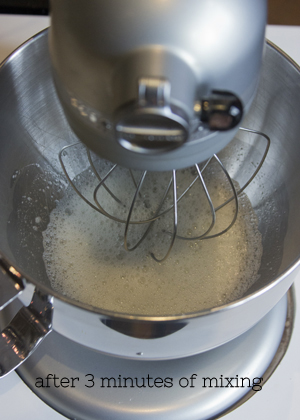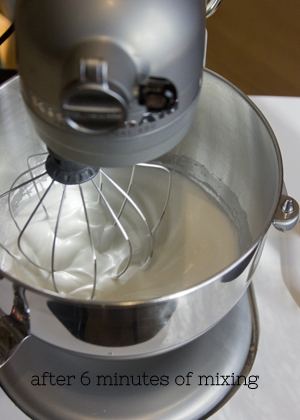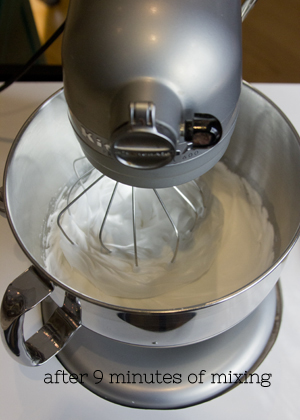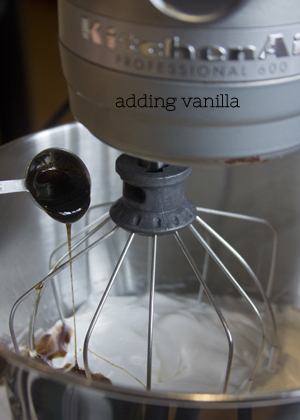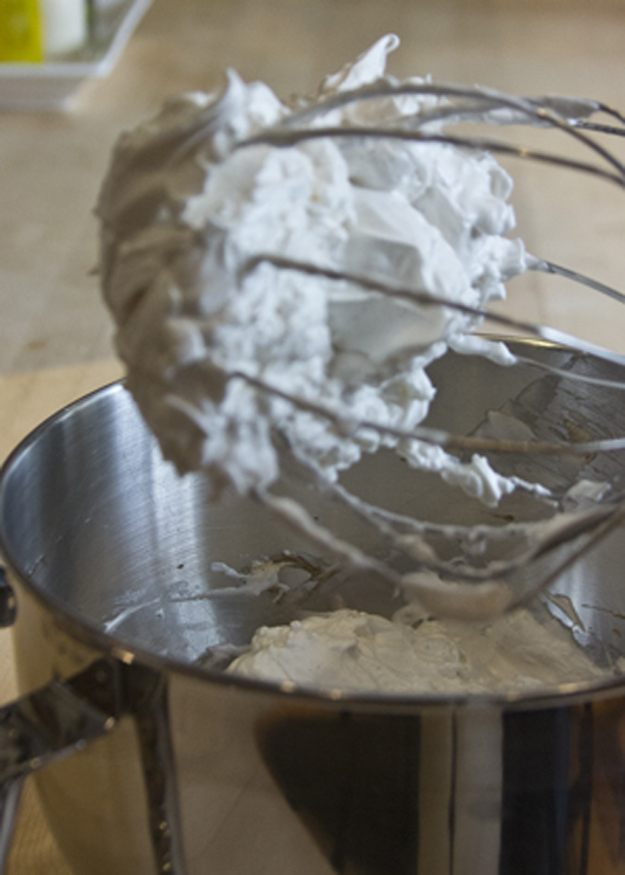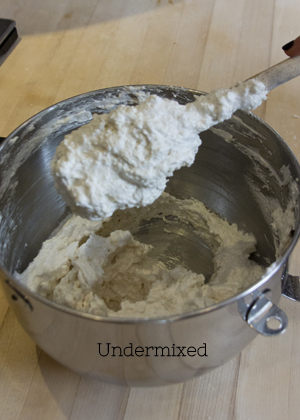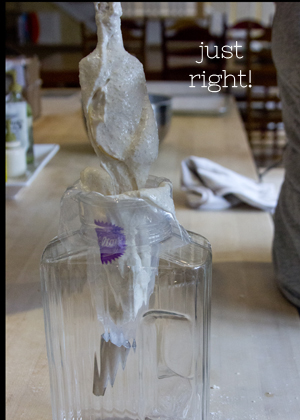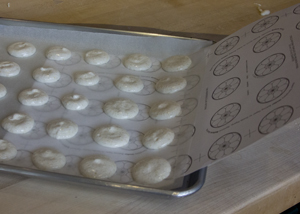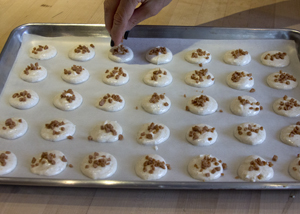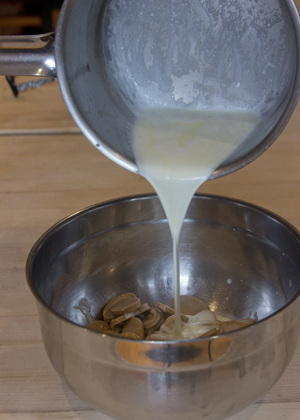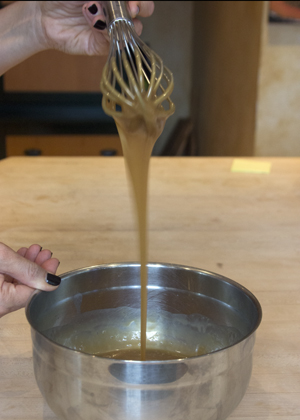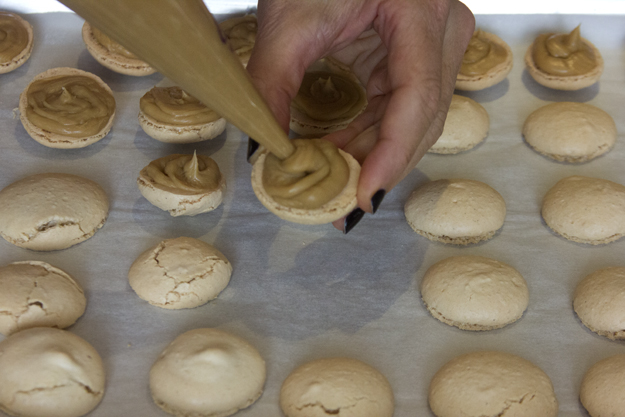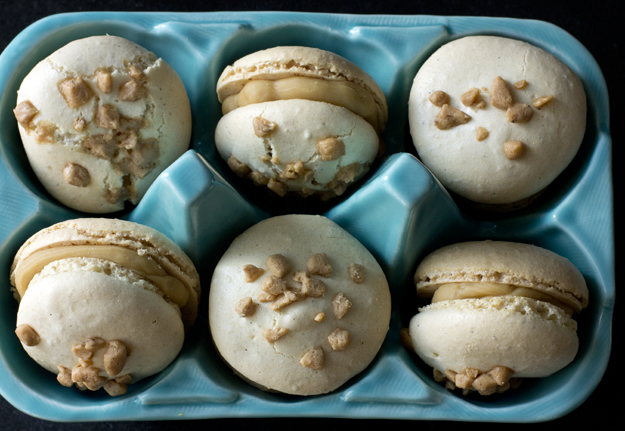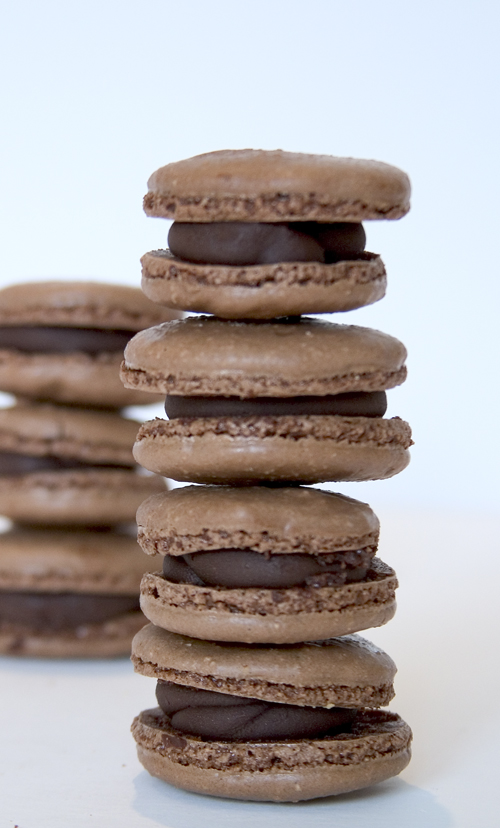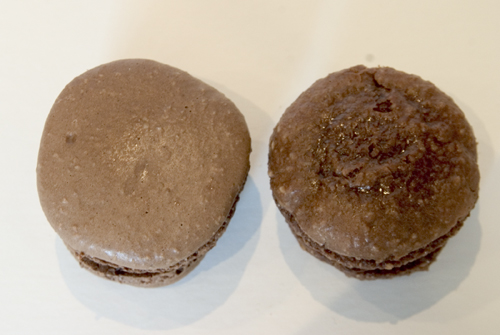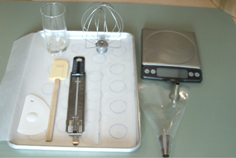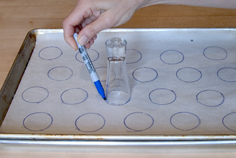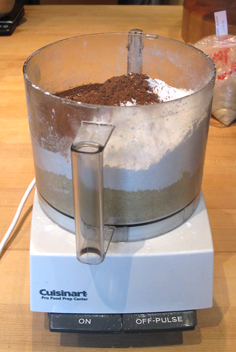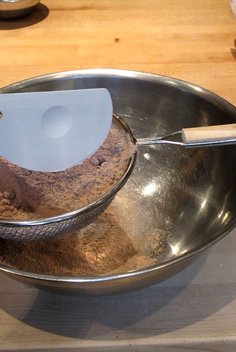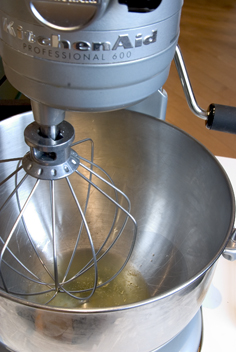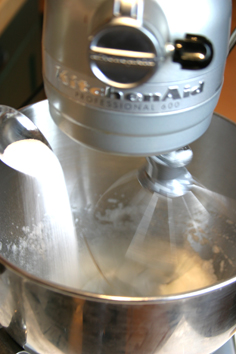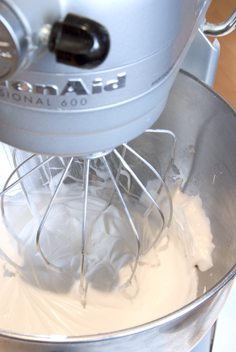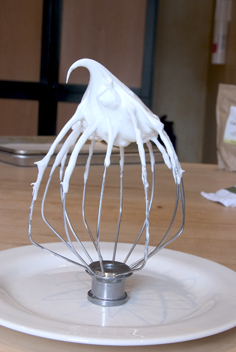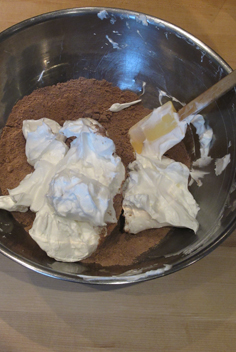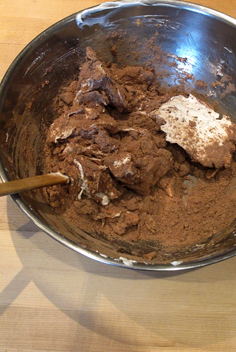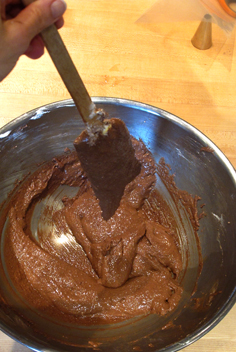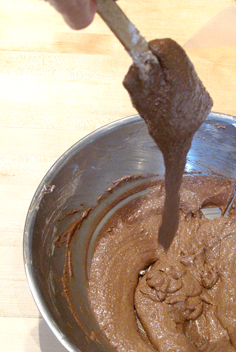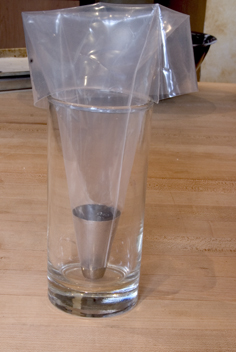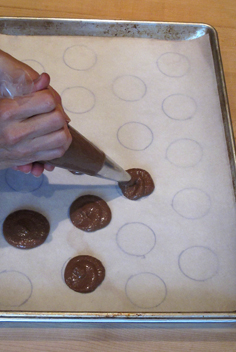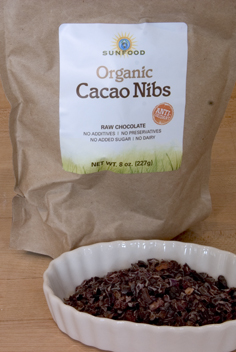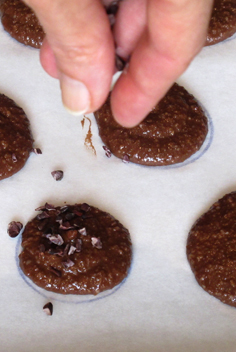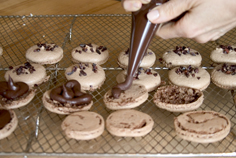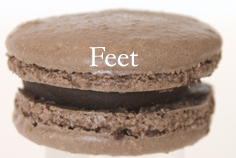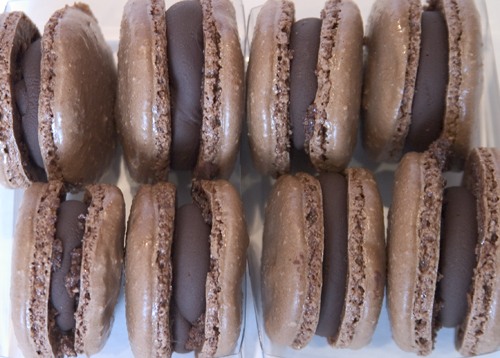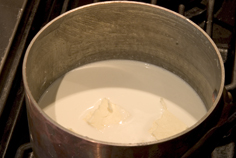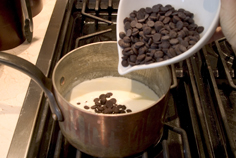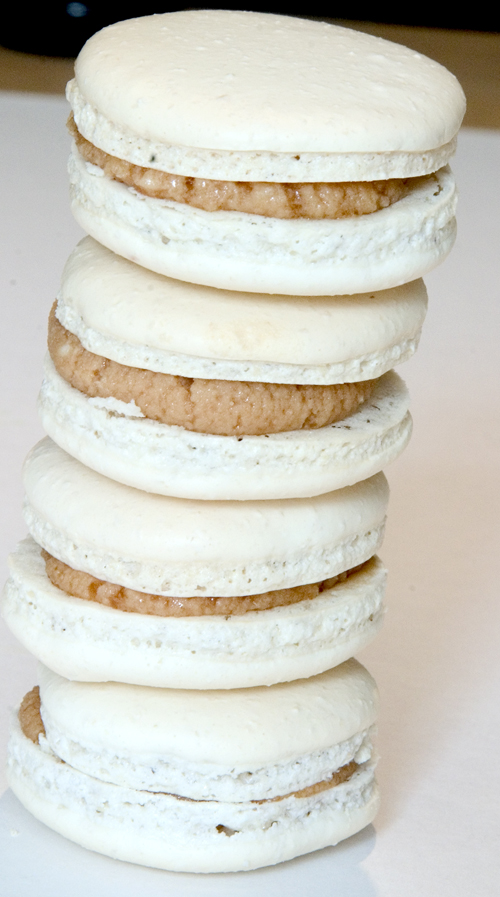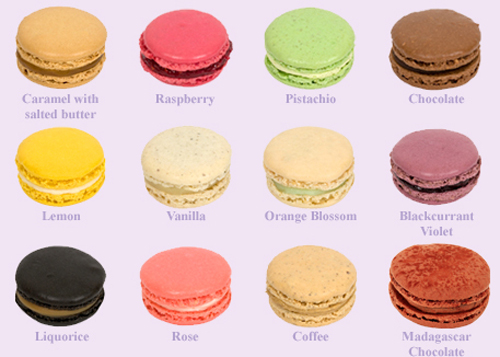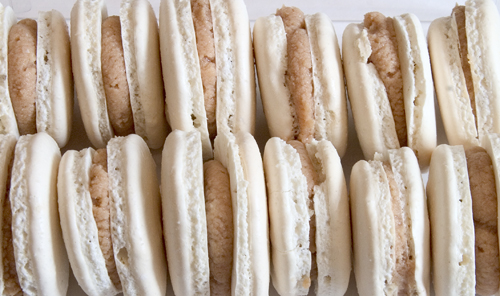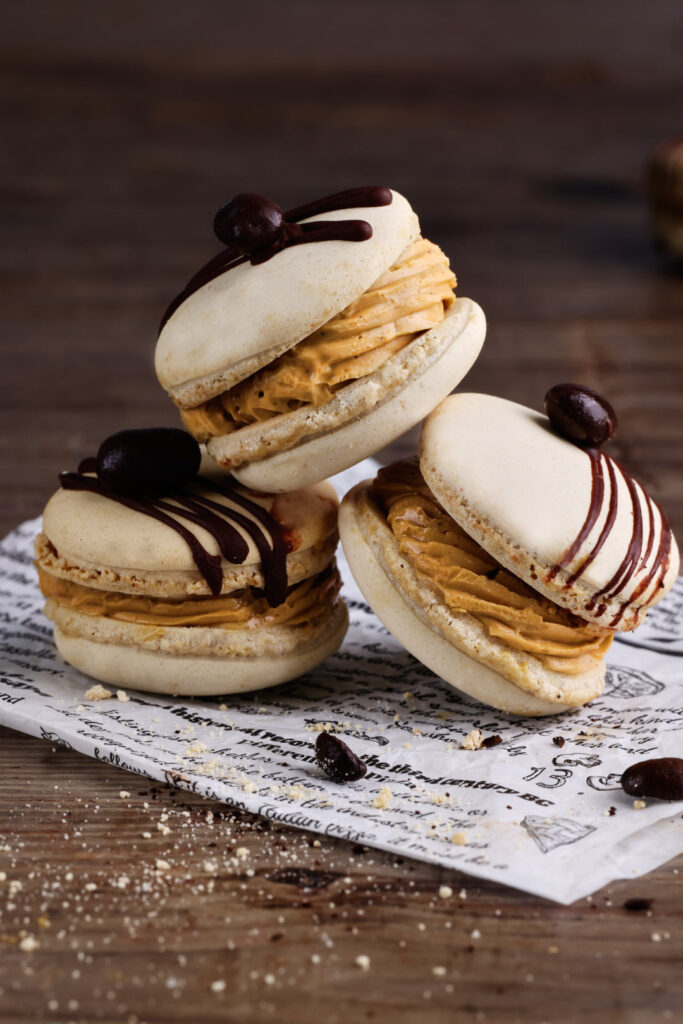
Espresso lovers, this one’s for you. These Espresso Macarons strike the perfect balance of crisp, chewy, and creamy. The delicate shells have that signature contrast—lightly crisp on the outside, irresistibly chewy in the center—sandwiched around a luscious, silky Espresso French Meringue Buttercream. Bold, rich, and undeniably sophisticated, these are macarons for grown-ups.
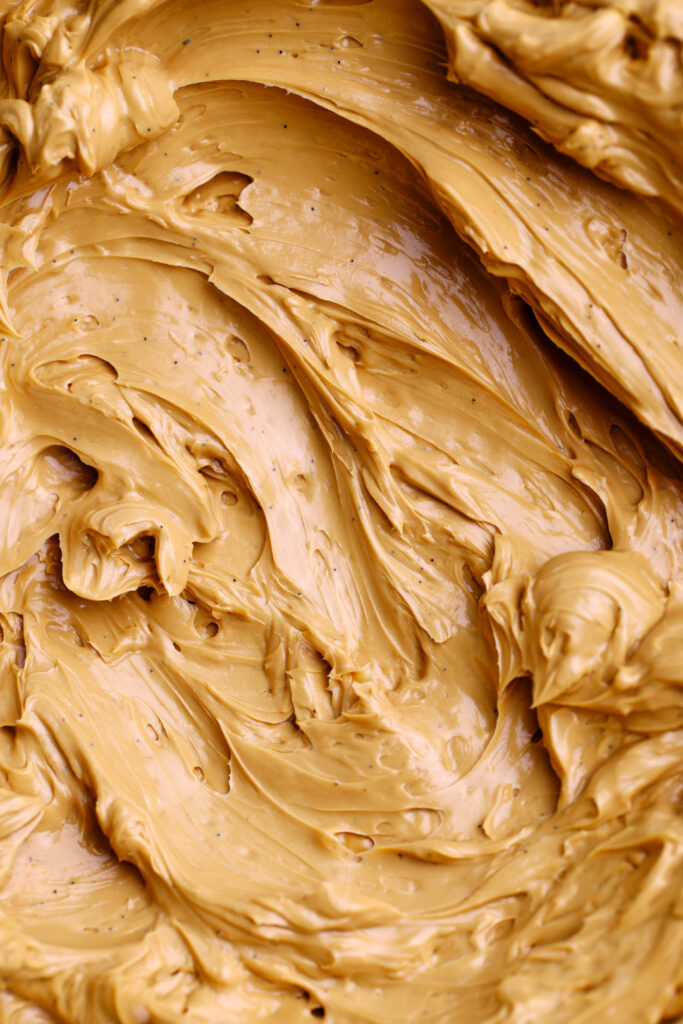
Macarons have a notorious reputation for being finicky—too much mixing, too little resting time, or the wrong oven temperature can throw them off completely. But don’t worry—I’ve perfected this recipe and will guide you through every step so you can achieve bakery-worthy results at home. Follow my method, trust the process, and soon you’ll be biting into the most luxurious homemade macarons you’ve ever had. And trust me, they’re worth the effort.
Keys to Success for Perfect Espresso Macarons
- Precise Measurements Are Key – Macarons are all about precision. Weigh your ingredients for the best results—this isn’t the time for eyeballing!
- Master the Macaronage – Macaronage refers to the technique of mixing the batter. The key? Mix until the batter flows like lava—smooth but not runny. A good test is the figure 8 trick: when the batter ribbons off your spatula and forms a figure 8 without breaking, it’s just right. Over mixing or under mixing can ruin your shells!
- Resting Time is Non-Negotiable – Once piped, let the shells sit for at least 30 minutes until a thin skin forms. This step is crucial for developing the signature macaron “foot”—that delicate frill at the base of each shell.
- Oven Temperature is Everything – Macarons are sensitive to heat. If your shells crack or don’t rise, check your oven’s accuracy with a thermometer. Small temperature adjustments can make a big difference.
- Flavour Starts with the Filling – A great macaron is all about balance. Using high-quality espresso powder in the buttercream brings out the best coffee notes without overpowering the delicate shell.
- Finish with a Flavour Cue – A beautiful macaron deserves an elegant finish. I drizzled mine with dark chocolate and topped each one with a chocolate-covered espresso bean—a little hint of the flavour inside.
Serving and Storing Espresso Macarons
Macarons actually taste even better after resting for a day in the fridge—the flavours meld beautifully, and the texture reaches perfection. Store them in an airtight container for up to a week.
For a refined look, I used a French piping tip to pipe the filling, but a standard star tip works just as well. This adds a touch of elegance compared to a plain tip.
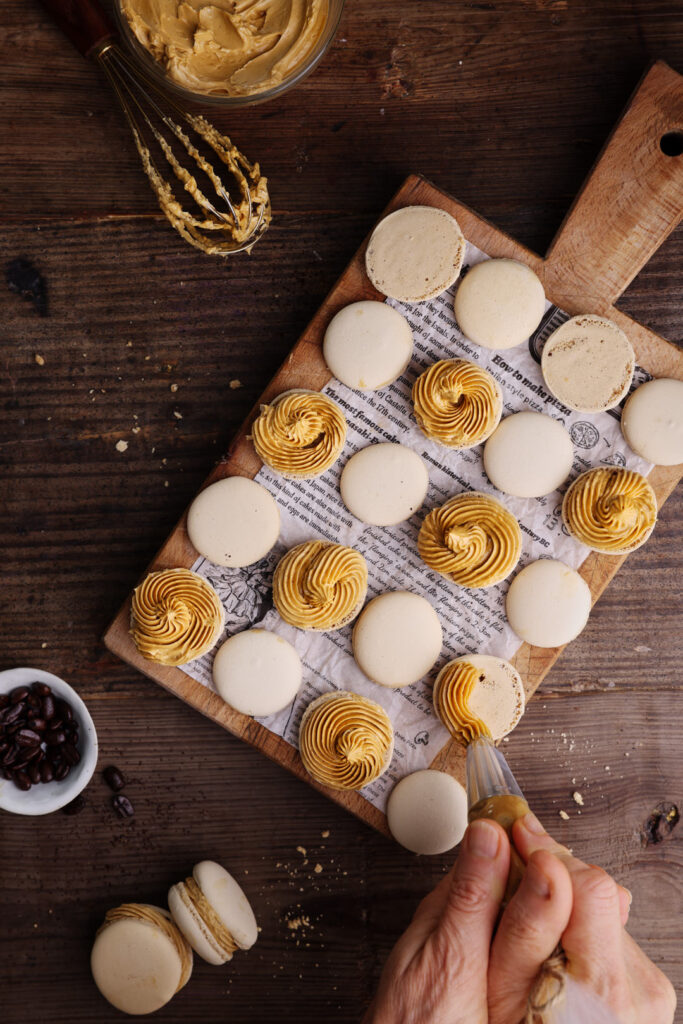
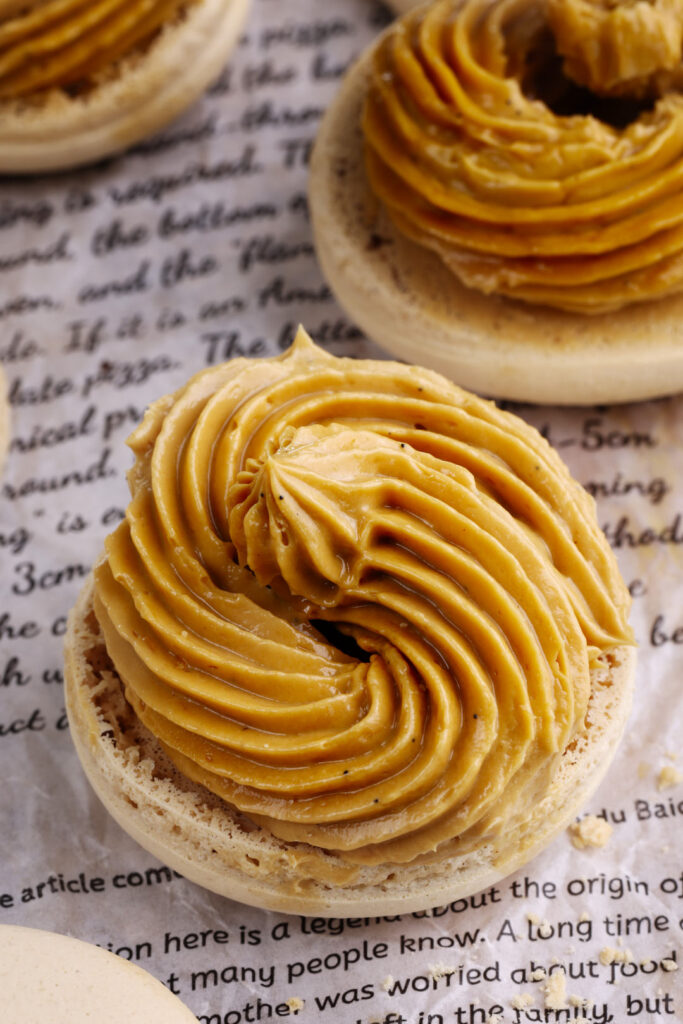
These Espresso Macarons pair beautifully with a latte for an afternoon treat or make an impressive dessert at your next dinner party. However you enjoy them, they’re sure to be a showstopper!

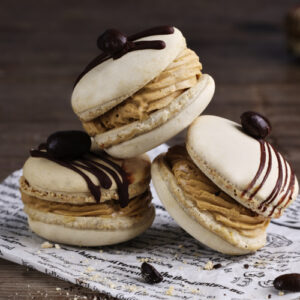
Espresso Macarons
Equipment
- 1 food processor
- 1 candy thermometer
- 1 plain 1/2 inch piping tip
- 1 star piping tip
- disposable pastry bags
Ingredients
Macaron Shells
- 200 grams almond flour, I like Bob's Redmill or King Arthur
- 200 grams icing sugar
- 2 teaspoons Instant espresso powder
- 80 grams egg whites, room temperature
- 175 grams finely ground, granulated sugar
- 75 grams water room temperature
- 25 grams finely ground granulated sugar
- 80 grams egg whites, room temperature
Coffee Buttercream
- 6 large egg yolks, room temperature
- 100 grams granulated sugar
- 45 grams water, 3 Tablespoons
- 227 grams unsalted butter, room temperature, cut into 1/2 inch cubes
- 1 teaspoon vanilla bean paste or vanilla extract
- 2 teaspoons espresso powder
Decoration
- 36 chocolate covered espresso bean candies
- 125 grams semi-sweet or bittersweet chocolate, coarsely chopped
Instructions
Macaron Shells
- Prepare templates for macaron cookies so that your shells will all be the exact same size. You can download a template from http://barbarabakes.com/wp-content/upLoads/2010/12/macarontemplate.pdf Print out enough templates to line a 13x18inch baking sheet. Lay templates on baking sheet and cover with a plain piece of parchment paper.
- Fit a large pastry bag with a plain ½ inch diameter round tip, and place in a large drinking glass or pitcher. Fold the cuff of the pastry bag over the rim of the glass or pitcher. This will make filling the pastry bag quite easy.
- In the food processor, grind almond flour and icing sugar for about 2 minutes until it resembles a finely ground powder. Add espresso powder and pulse for 1-2 seconds to evenly distribute it. Transfer ground almond mixture to a sieve with medium sized mesh holes, set over a large bowl and using a rubber spatula or the back of a spoon, push the mixture though the sieve into the bowl. This process ensures a smooth and shiny macaron shell. Add 80 grams of egg whites and stir until all the dry ingredients have become incorporated into the egg whites. Cover with plastic wrap and set aside.
- Place 175 grams granulated sugar and water in a small saucepan. Clip a candy thermometer to the side of the pan. Turn heat to high and cook, without stirring, until you reach a temperature of 240°F. You can swirl the pan, to even out the melting sugar, but don’t put a spoon in it and stir.
- While sugar is cooking, place 80 grams egg whites into stand mixer with whisk attachment. Whisk on high speed until egg whites become bubbly. Add 25 grams sugar and whisk until soft peaks form. If soft peaks form before the sugar and water reach 240°F, turn mixer to low speed.
- When the sugar reaches 240°F, the mixer to low and carefully pour the sugar syrup, in a thin stream into the mixer. Aim for the side of the bowl, rather than the whisk. Turn up the speed of the mixer to high and beat until the bowl of the mixer is warm to the touch, body temperature.
- Add 1/3 of the meringue to the almond flour mixture. Fold meringue into the mixture to lighten it slightly. Add remaining meringue and fold it into the ground almond mixture. The best way to do this is to use both a folding motion and a pressing motion. Use a flexible rubber spatula to scoop the batter up from the bottom of the bowl and then press it against the side of the bowl to gently deflate. Keep turning bowl and repeating this folding and pressing motion until the batter flows like lava. If this is your first time making macarons, watch this video a few times. It will give you a great idea of the consistency you are looking for.
- Spoon half the batter into the piping bag. Twist top of bag closed. Pipe batter onto prepared baking sheets, using circles as a guide. Most likely your piped macarons will have a little nipple or peak on them. Tap the tray on the countertop few times to slightly flatten them out. Repeat with the remaining batter on second and third cookie sheets if necessary. Remember to slide out the paper templates before baking.
- Put rack in middle position in oven. Place an empty baking sheet on the middle rack to allow it to heat up. Preheat oven to 300ºF.
- Let the macarons sit at room temperature for about 30-60 minutes so that the tops can dry out a bit before baking. This will help them rise a bit better. After 30 minutes, touch the top gently with your finger. If it does not stick to yourf finger, they are ready to bake.
- Place one sheet of macarons in the oven, on top of the pan you left in there to preheat. The double pans help with insulation and more even baking. Bake for about 14-16 minutes, rotating the tray after 7 minutes for even baking. You will notice after about 5 minutes, little feet will start appearing as the macarons begin to rise. This is the mark of a well-made macaron.
- While macarons are baking, take a clean kitchen towel, place it under the tap briefly to dampen it. Lay damp towel out on the counter.
- After 14 minutes, check the macarons. Press down gently on the top of one of the macarons. If the foot wobbles it needs a little longer, if it is stable, then it is close to being done. Do a little test. Try to peel a macaron off the paper. If they are stable but cannot yet peel away cleanly, give them another minute or so.
- Remove from oven and carefully slide parchment paper off the baking sheet onto the dampened towel.This creates a thermal shock that makes the macarons easier to get off the parchment paper. Let cool for a few minutes, then transfer macarons to a wire rack to finish cooling.
Espresso Buttercream
- Place the egg yolks in a medium bowl or a bowl of a stand mixer fitted with a whisk attachment. Whisk on high speed until thick and foamy (about 3 minutes) while you heat the sugar and water.
- Heat the granulated sugar and water in a small saucepan or frying pan over low heat, stirring constantly until the sugar dissolves. Increase the heat to medium and bring to a boil, or until it reaches 240 degrees F.
- While the egg yolks are still whisking at medium speed. slowly add the sugar syrup into the bowl. Continue mixing until the mixture has cooled down to room temperature.
- Add the butter to the mixture one cube at a time, allowing each piece to fully incorporate before adding another.
- Add vanilla and the espresso powder. Continue mixing on low speed until the buttercream is completely smooth.
- Transfer half the buttercream to a disposable piping bag fitted with a star tip. I used Ateco French tip #862. Pipe the filling onto a macaron and sandwich with another macaron. Repeat with all macarons.
- Melt chocolate in glass bowl in microwave on medium power for 1 minute. Stir until completely melted. Transfer white chocolate to a disposable piping bag. Drizzle top of filled macarons with chocolate. While the chocolate is still wet, top each with a chocolate covered espresso bean.
Notes
- A scale is necessary for measuring out the ingredients. There is too much margin for error when scooping into measuring cups. Macarons are finicky!
- If you can’t find fine ground granulated sugar, just give regular granulated sugar a whiz in the food processor for 30 seconds.
- Filled macarons will keep refrigerated for about 4-5 days. If you want to make them ahead of time, freeze the shells only and then fill with ganache the day before you plan to serve them.

